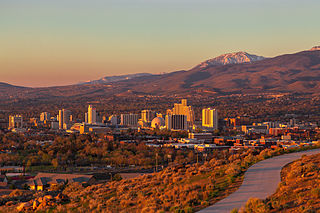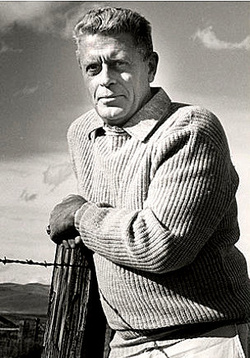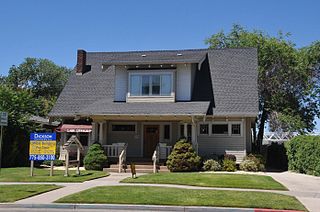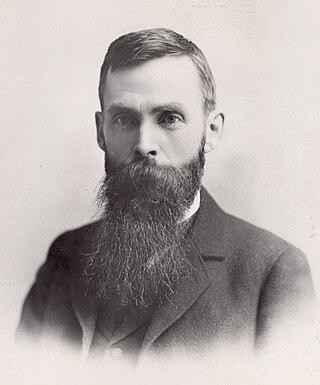
Reno is a city in the northwest section of the U.S. state of Nevada, along the Nevada-California border, about 22 miles (35 km) north from Lake Tahoe, known as "The Biggest Little City in the World". Known for its casino and tourism industry, Reno is the county seat and most populous city of Washoe County and sits in the High Eastern Sierra foothills, in the Truckee River valley, on the eastern side of the Sierra Nevada. The Reno metro area occupies a valley colloquially known as the Truckee Meadows.

Washoe County is a county in the U.S. state of Nevada. As of the 2020 census, the population was 486,492, making it Nevada's second-most populous county. Its county seat is Reno. Washoe County is included in the Reno, NV Metropolitan Statistical Area.

Sparks is a city in Washoe County, Nevada, United States. It was founded in 1904, incorporated on March 15, 1905, and is located just east of Reno. The 2020 U.S. Census counted 108,445 residents in the city. It is the fifth most populous city in Nevada. It is named after John Sparks, Nevada Governor (1903–1908), and a member of the Silver Party.

Gerlach, Nevada is a census-designated place (CDP) in Washoe County, Nevada, United States. The population was 107 at the 2018 American Community Survey. It is part of the Reno–Sparks Metropolitan Statistical Area. Prior to 2010, Gerlach was part of the Gerlach–Empire census-designated place. The town of Empire is now a separate CDP. The next nearest town, Nixon, is 60 miles (100 km) to the south on a reservation owned by the Pyramid Lake Paiute Tribe. The Fly Geyser is located near Gerlach.

Robert McQueen High School is a public secondary school in Reno, Nevada, United States. It is part of the Washoe County School District.

Walter Van Tilburg Clark was an American novelist, short story writer, and educator. He ranks as one of Nevada's most distinguished literary figures of the 20th century, and was the first inductee into the 'Nevada Writers Hall of Fame' in 1988, together with Robert Laxalt, Clark's mentee and Nevada's other heralded twentieth century author. Two of Clark's novels, The Ox-Bow Incident and The Track of the Cat, were made into films. As a writer, Clark taught himself to use the familiar materials of the western saga to explore the human psyche and to raise deep philosophical issues.

Reno High School (RHS) is a public secondary school in Reno, Nevada, United States. It is a part of the Washoe County School District. The school's teams are known as the Reno Huskies, and the school colors are red and blue.
Frederic Joseph DeLongchamps was an American architect. He was one of Nevada's most prolific architects, yet is notable for entering the architectural profession with no extensive formal training. He has also been known as Frederick J. DeLongchamps, and was described by the latter name in an extensive review of the historic importance of his works which led to many of them being listed on the U.S. National Register of Historic Places in the 1980s.

The Reno-Sparks Indian Colony in Nevada was established in the early 1900s by members of related tribes who lived near Reno for work; they became a federally recognized tribe in 1934 after forming a government under the Indian Reorganization Act.
The Washoe County School District (WCSD) is a public school district providing public education to students in all parts of Washoe County, Nevada, including the cities of Reno and Sparks, and the unincorporated communities of Verdi, Incline Village, Sun Valley and Gerlach. The Washoe County School District is the second largest school district in Nevada with approximately 64,000 students enrolled in 96 schools.
Procter R. Hug High School is a fully accredited public high school in Reno, Nevada, and belongs to the Washoe County School District. Hug High was built on a hillside in east Reno in 1968 to serve students from rapidly growing areas.

Riverside Hotel is a former hotel and casino located in Downtown Reno, Nevada, that sits on the exact location where Reno began in 1859. The building now houses apartments and studios for artists and is listed on the National Register of Historic Places.

The Nevada Governor's Mansion is the official residence of the governor of Nevada and his family. Reno architect George A. Ferris designed this Classical Revival (Neoclassical) style mansion. It is listed on the U.S. National Register of Historic Places.
Earl Wooster High School , or Wooster High School (WHS), is a public secondary school in Reno, Nevada that is a part of the Washoe County School District. Its mascot is the Colt and the school colors are scarlet, white, and silver. As of the 2010 school year, Wooster was ranked 177th on Newsweek magazine's list of the 1500 best U.S. high schools. It is currently part of the International Baccalaureate program.
George A. Ferris & Son was an architectural firm in Reno, Nevada, consisting of partners George Ashmead Ferris (1859-1948) and his son Lehman "Monk" Ferris (1893-1996). The partnership lasted from just 1928 to 1932; both father and son however were individually prominent.

The Veterans Memorial Elementary School, also known as Veterans Memorial STEM Academy, at 1200 Locust St., is a public elementary school in Reno, Nevada, operated by the Washoe County School District. It occupies a historic Moderne-style building dating from 1949 that was designed by Nevada architect Russell Mills. It was listed on the National Register of Historic Places in 1995. It was deemed significant "for its role in the local history of education" and "for its Art Deco/Moderne style of architecture by a prominent local architect, Russell Mills."

The McKinley Park School, at Riverside Drive and Keystone Avenue in Reno, Nevada, USA, is a historic school building that was built in 1909. It includes Mission/Spanish Revival architecture and was designed by George Ferris. Also known as the City of Reno, Recreation Center, it was listed on the National Register of Historic Places in 1985.

The Benson Dillon Billinghurst House, at 729 Evans Ave. in Reno, Nevada, was built in 1910. It was a home of educator Benson Dillon Billinghurst, who was superintendent of schools of Washoe County during a long period, from 1908 until his death in 1935. He led innovations such as the introduction of junior high schools. That Nevada's schools were rated second in quality, nationwide, by a 1933 U.S. Department of Education study, was regarded as testament to Billinghurst's leadership statewide. It was listed on the National Register of Historic Places in 1974.

LeRoy D. Brown was the first president of University of Nevada.

Michael Terrence Landsberry was an American math teacher, Marine veteran, and Nevada Air National Guardsman who had served in the war in Afghanistan. During the Sparks Middle School shooting, he unsuccessfully attempted to reason with the shooter, Jose Reyes, before being shot and killed.

















